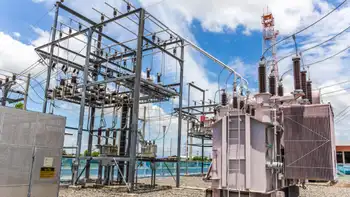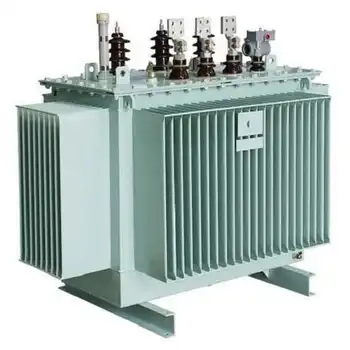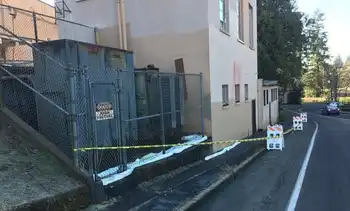Lawsuit alleges EWEB’s faulty transformer caused house fire

Electrical Testing & Commissioning of Power Systems
Our customized live online or in‑person group training can be delivered to your staff at your location.

- Live Online
- 12 hours Instructor-led
- Group Training Available
Eugene Transformer Fire Lawsuit alleges negligence by local utility EWEB after a faulty electrical transformer and misapplied transmission line load sparked a house fire; claims cite federal safety regulations, forensic investigation, and emotional distress damages.
Key Points
An Oregon case alleging EWEB negligence for a misapplied transformer and line load that caused a destructive home fire.
✅ Claims transformer violated federal safety regulations
✅ Seeks $50,000 to $1,000,000; alleges negligence and distress
✅ Forensic review cites misapplied transmission line load
A Eugene couple filed a lawsuit last month against a local utility company, alleging that a faulty transformer caused a fire that destroyed the couple’s home, a scenario echoed in utility wildfire lawsuits in California.
John and Maria Schaad filed the lawsuit June 26 against the Eugene Water & Electric Board, exactly two years after a fire destroyed the Schaads’ Whitbeck Boulevard home in Eugene’s Friendly neighborhood. The lawsuit alleges negligence and intentional infliction of emotional distress, as Oregon lawmakers back a wildfire-resilient grid bill in Congress. It does not specify a dollar amount, asking instead for a range of more than $50,000 but less than $1 million.
According to the lawsuit, John Schaad was sleeping and was awakened around 3 a.m. June 26, 2017, by a crackling noise and a yellow flickering light outside the window on the deck of the house. Although none of the home’s six smoke alarms were activated, Schaad realized there was a significant fire and ran to wake and rescue his wife, the lawsuit states.
As the couple fled the house, windows exploded and the fire spread inside the residence, engulfing the house “within seconds,” similar to accounts when power lines started fires in California, and destroying the property and all of the couple’s belongings, the lawsuit states. “The two barely escaped with their lives,” it states.
The fire was investigated for 18 months, and although arson was quickly ruled out, the cause of the fire was unknown, and in other cases, victims have sued utilities after catastrophic wildfires. The fire possibly started from an extension cord on the deck, but that was uncertain and undetermined, the lawsuit states.
In January, John Schaad, who is an electrical engineer, began to suspect that the cause of the fire was an unsustainable electrical load on the transformer and transmission system to the residence after he noticed “some unusual electrical behavior” on some appliances in his home and in the neighborhood, amid heightened scrutiny after PG&E’s Camp Fire guilty plea in California. According to the lawsuit, he independently investigated the system, notified his insurance company and requested a forensic expert to investigate.
Schaad’s independent investigation of the system concluded last month that the fire was caused by an “old 12 kilovolt, two-bushing electrical transformer installed and maintained by EWEB” that did not meet federal safety regulations and, amid debates over obligations during crises such as a Texas ruling that power plants are exempt during emergencies, was not designed to work with the transmission line on which it was installed.
Schaad alleges that a drop in electrical usage on the morning of the fire reduced the draw on the electrical transmission system and the misapplied transformer had to sustain the entire load of the transmission line which it was not designed to do, issues that have spurred electricity market bailout proposals in Texas after a winter storm, which caused the fire.
A spokesperson for EWEB declined to comment due to pending litigation.











